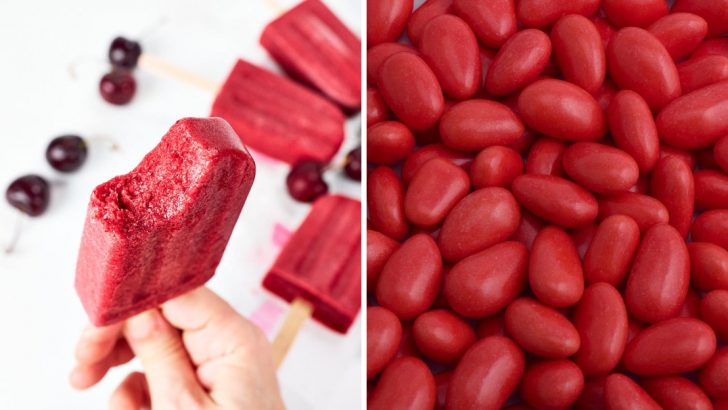Red No. 3 dye has been banned by the FDA due to cancer concerns, yet many popular foods still contain this controversial ingredient.
The vibrant red coloring remains in numerous products we consume daily, from sweet treats to beverages.
Understanding which trendy foods still use this dye can help you make more informed choices about what you eat.
1. Maraschino Cherries: The Cocktail Classic

Those glossy red cherries crowning your Manhattan cocktail likely contain Red No. 3.
The vibrant color doesn’t come naturally – manufacturers use this dye to create that perfect ruby appearance. Despite health concerns, many brands haven’t reformulated their recipes yet.
2. Candy-Coated Almonds: Wedding Favorites
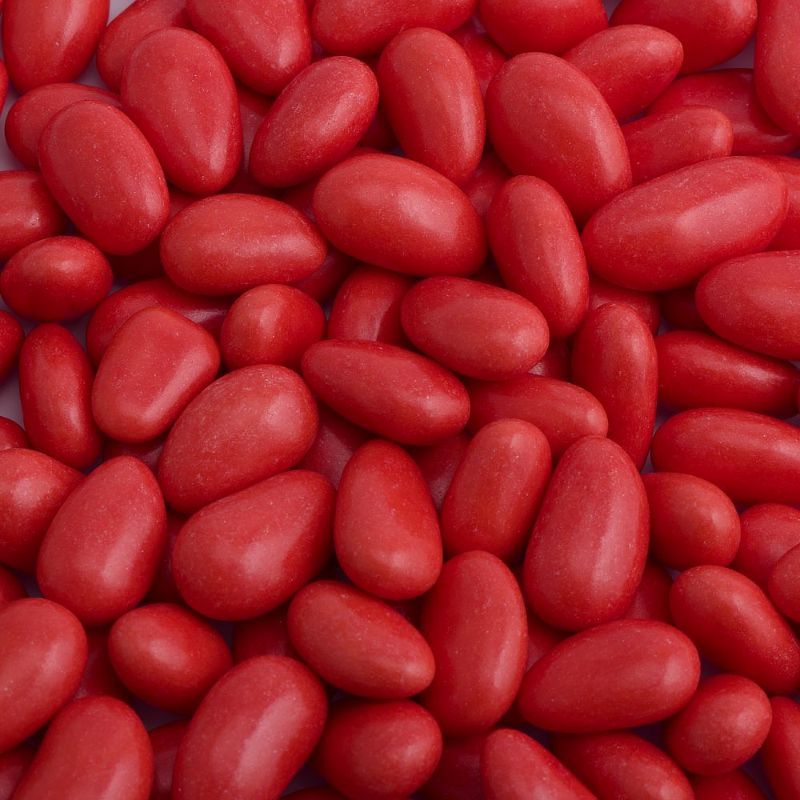
Jordan almonds with their shiny red shells remain popular at celebrations.
These traditional wedding and party treats achieve their brilliant color through Red No. 3. Many manufacturers continue using this dye despite available alternatives, prioritizing that classic look guests expect.
3. Fruit Snacks: Lunchbox Staples
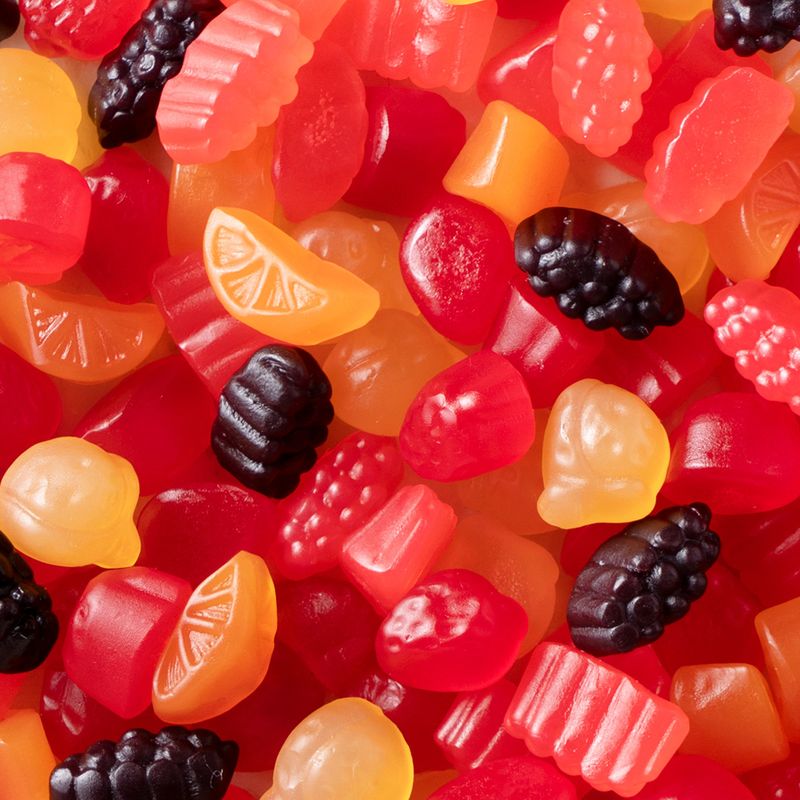
Children’s fruit snacks boast intense red colors that kids love.
Manufacturers know bright colors attract young consumers, making Red No. 3 a common ingredient in these gummy treats. Parents might be surprised to learn this banned substance lurks in these popular lunchbox fillers.
4. Red Licorice: Not-So-Natural Treats
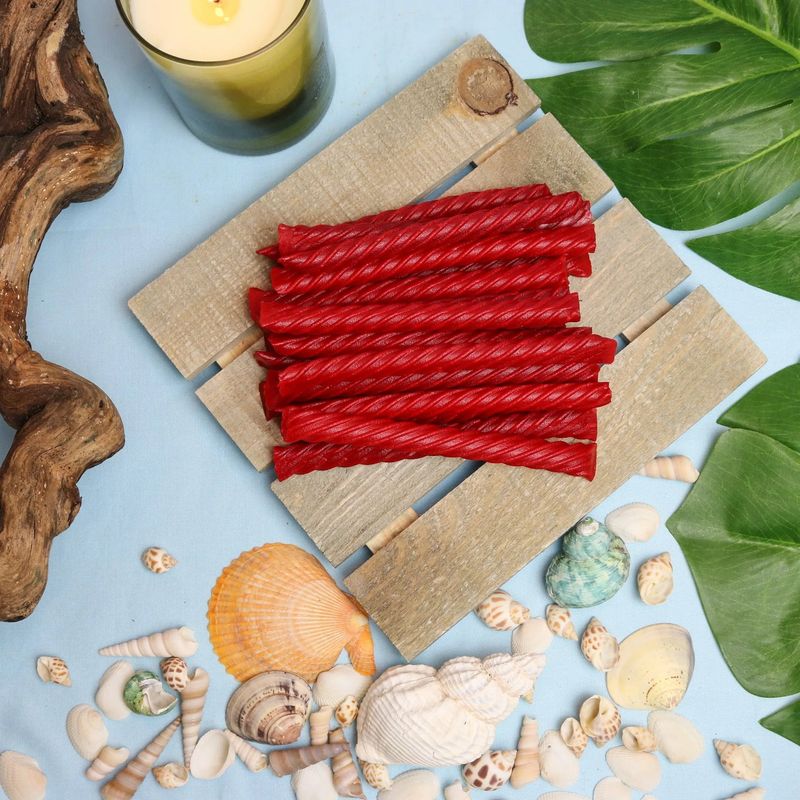
That twisty red candy has a secret – it’s not just strawberry flavor creating the color.
Red licorice relies heavily on artificial dyes for its characteristic appearance. While some brands have switched to alternative colorings, many popular varieties still contain Red No. 3 for that perfect shade.
5. Syrups and Drink Mixes: Colorful Refreshments
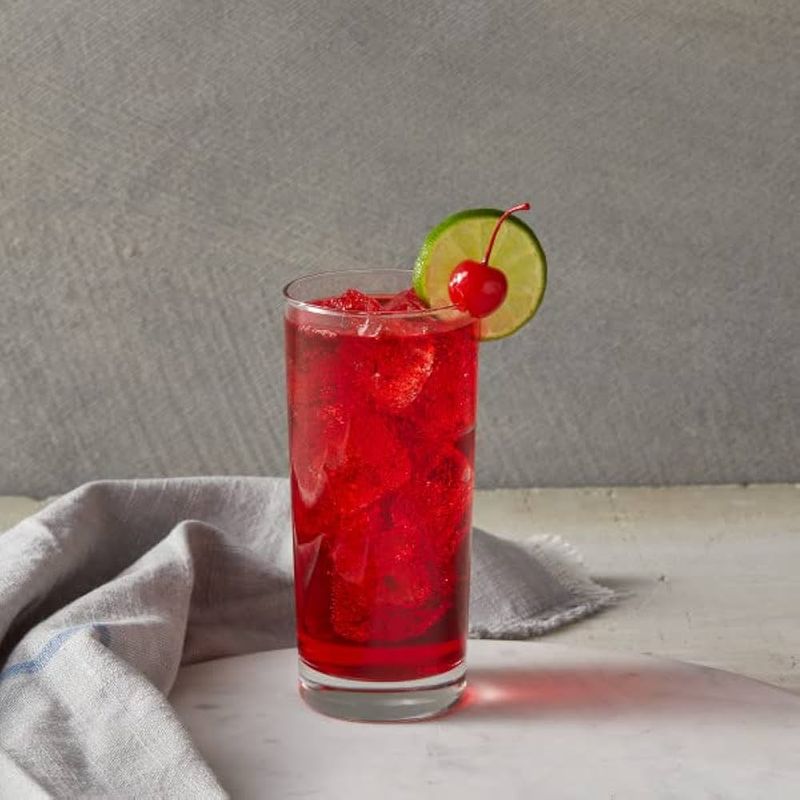
Your favorite cherry-flavored drinks might owe their vibrant hue to Red No. 3.
Popular drink mixes and syrups use this dye to create eye-catching beverages. The intense coloring helps manufacturers convince consumers they’re getting authentic fruit flavor, when often it’s mostly artificial ingredients.
6. Baked Goods Decorations: Festive Toppings
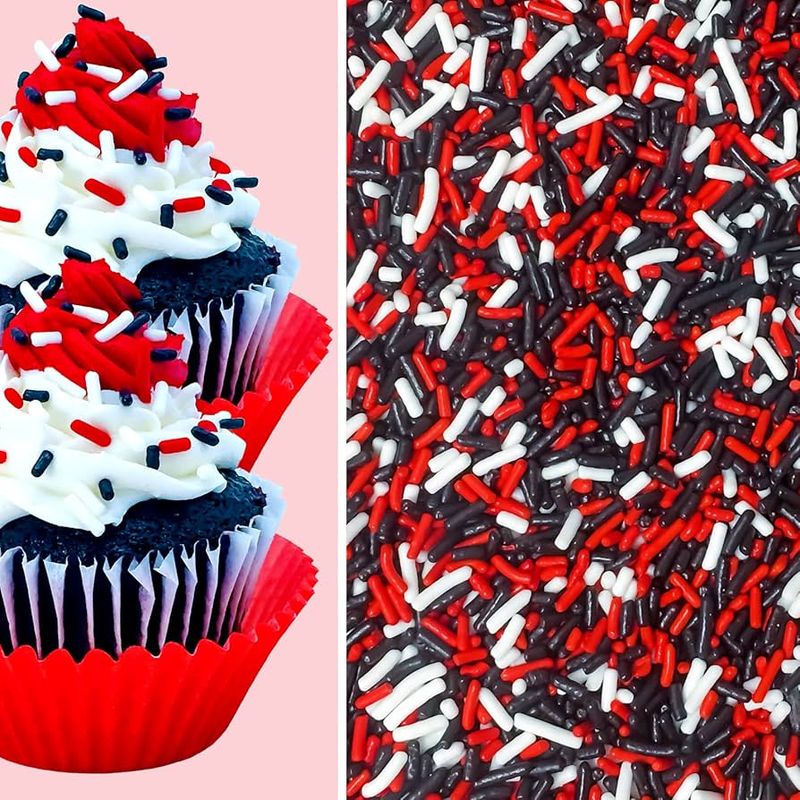
Red sprinkles make cupcakes pop with color, but at what cost?
Bakers and manufacturers continue using Red No. 3 in decorative elements like sprinkles, nonpareils, and other cake toppers. These tiny embellishments might seem insignificant, but they contribute to overall dye consumption.
7. Ice Cream Toppings: Sweet Deception
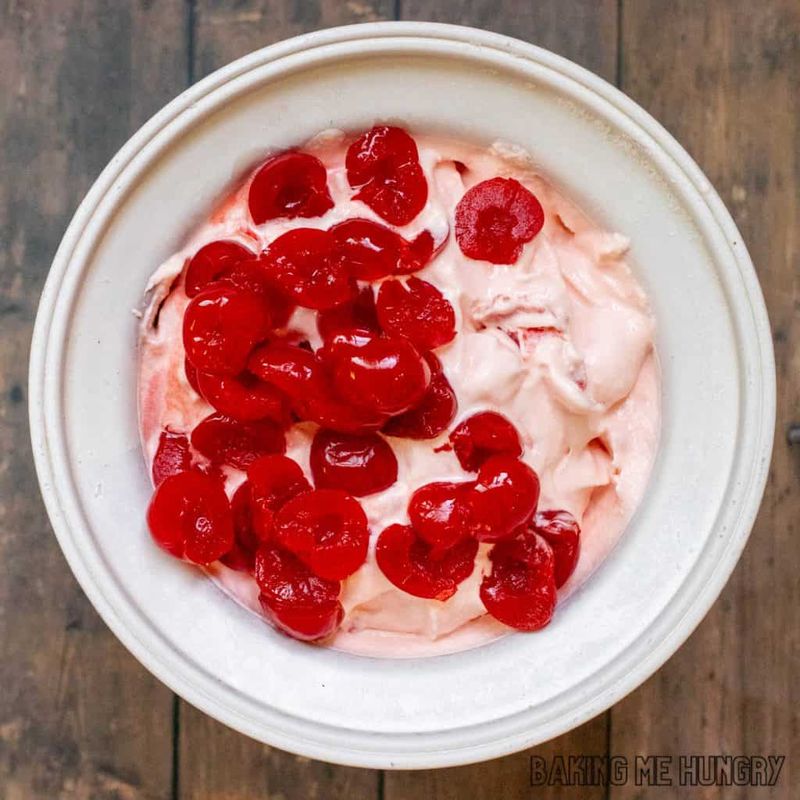
Cherry ice cream toppings create a vibrant splash of color that’s hard to resist.
Most people don’t realize these syrups and sauces often contain Red No. 3. The dye helps maintain consistent coloring even when diluted with ice cream, creating that picture-perfect sundae appearance.
8. Jelly Beans: Colorful Confections
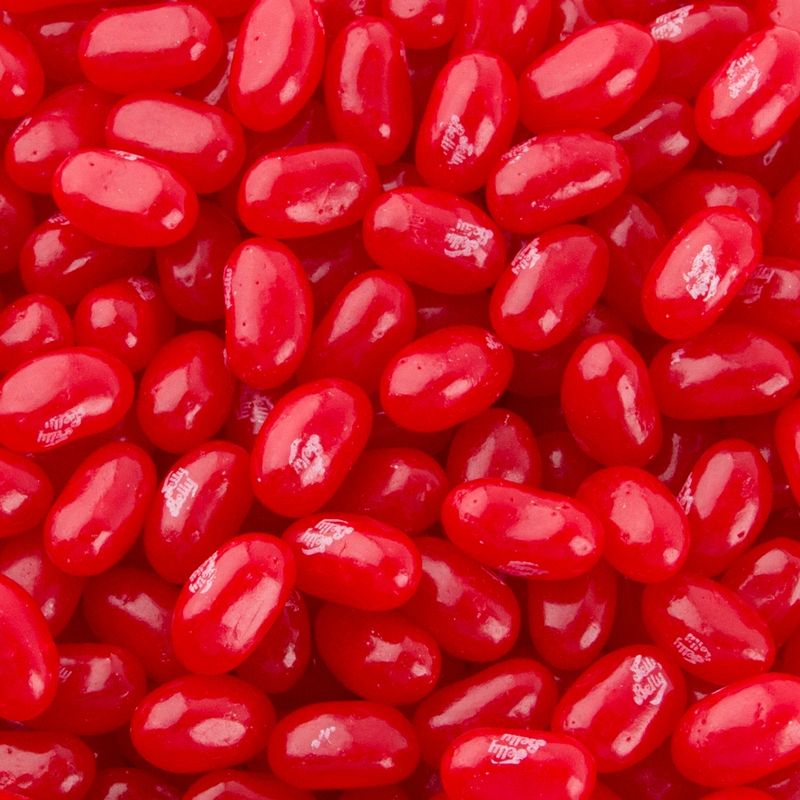
Jelly bean manufacturers love using Red No. 3 for their cherry, strawberry, and cinnamon varieties.
The dye creates intense, uniform coloring that stands out in mixed candy bowls. While some premium brands have reformulated, many mainstream options still rely on this controversial ingredient for their signature look.
9. Hard Candies: Long-Lasting Color
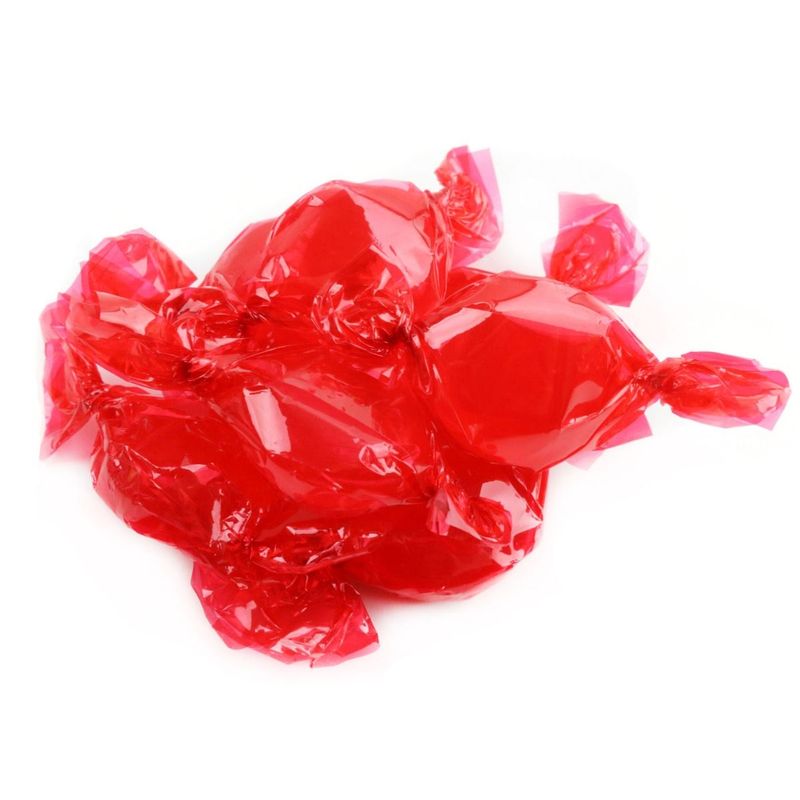
Cinnamon discs and cherry drops maintain their brilliant red hue throughout their shelf life thanks to Red No. 3.
These nostalgic candies haven’t changed much over decades, including their reliance on controversial dyes. The intense coloring helps signal flavor to consumers before they even unwrap the candy.
10. Cotton Candy: Carnival Classics
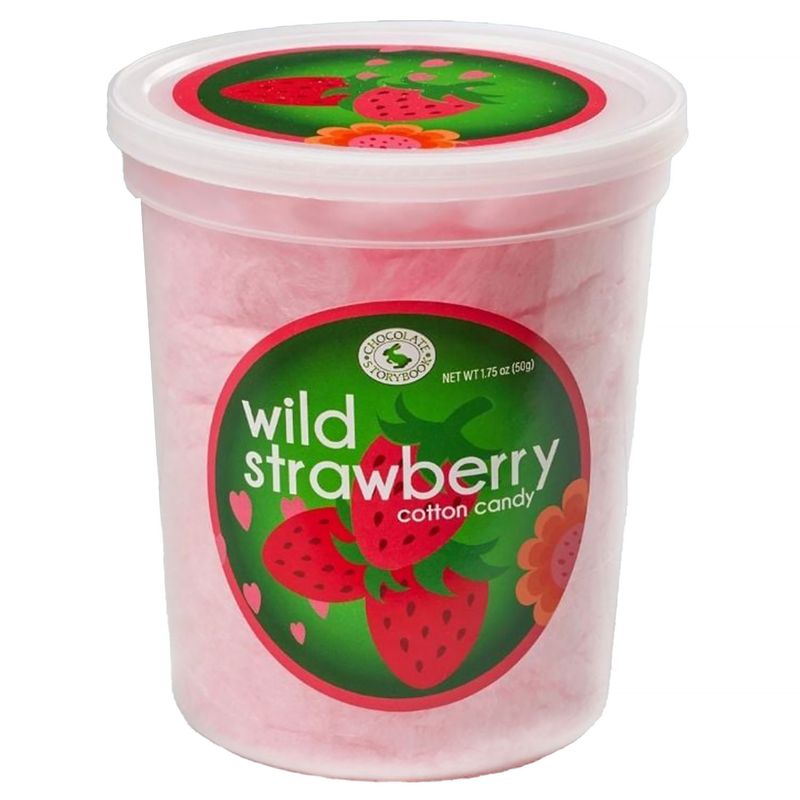
That fluffy red spun sugar at fairs and sports venues isn’t colored naturally.
Red No. 3 helps create the signature look of cotton candy that attracts customers from across crowded venues. The dye’s stability during the heating process makes it particularly useful for this carnival favorite.
11. Chewing Gum Centers: Hidden Ingredients
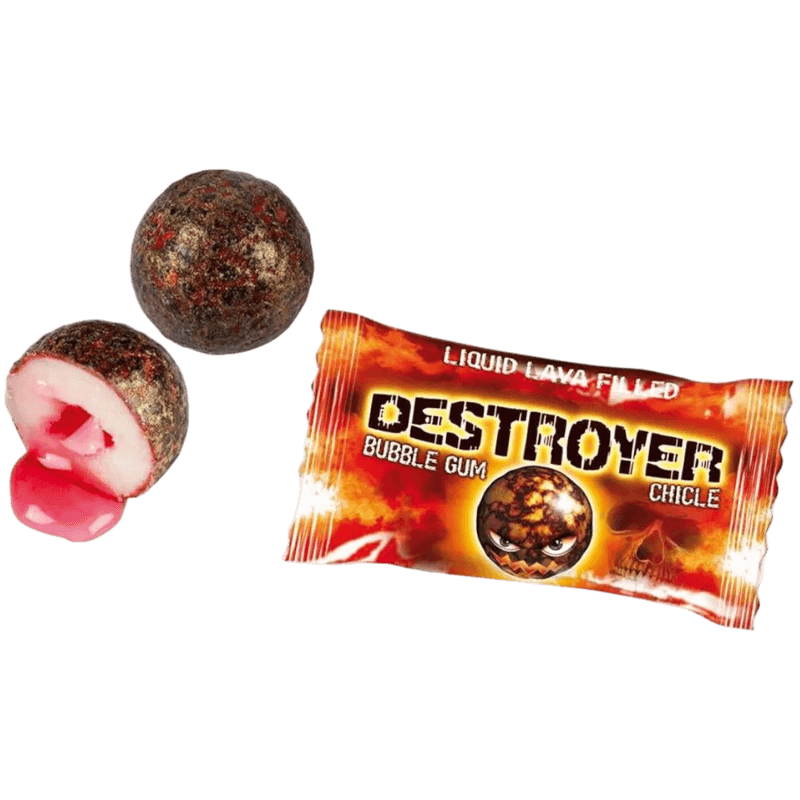
Bubble gum with liquid centers often contains this controversial dye.
The bright red filling creates an appealing contrast when you bite into the gum. Manufacturers know this visual surprise delights consumers, making them reluctant to reformulate despite health concerns about Red No. 3.
12. Popsicles and Frozen Treats: Summer Staples
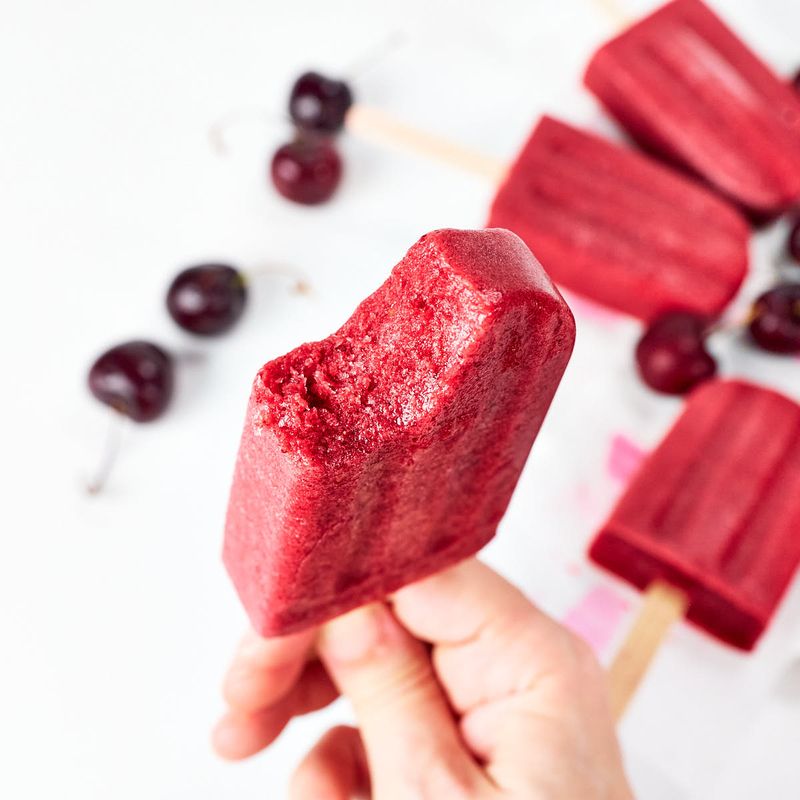
Cherry and strawberry popsicles maintain their appeal with unnaturally vibrant coloring.
Red No. 3 prevents color fading during freezing and thawing cycles. Many consumers don’t realize their favorite summer refreshments contain banned substances, as manufacturers continue using existing formulations.
13. Breakfast Cereals: Morning Surprise
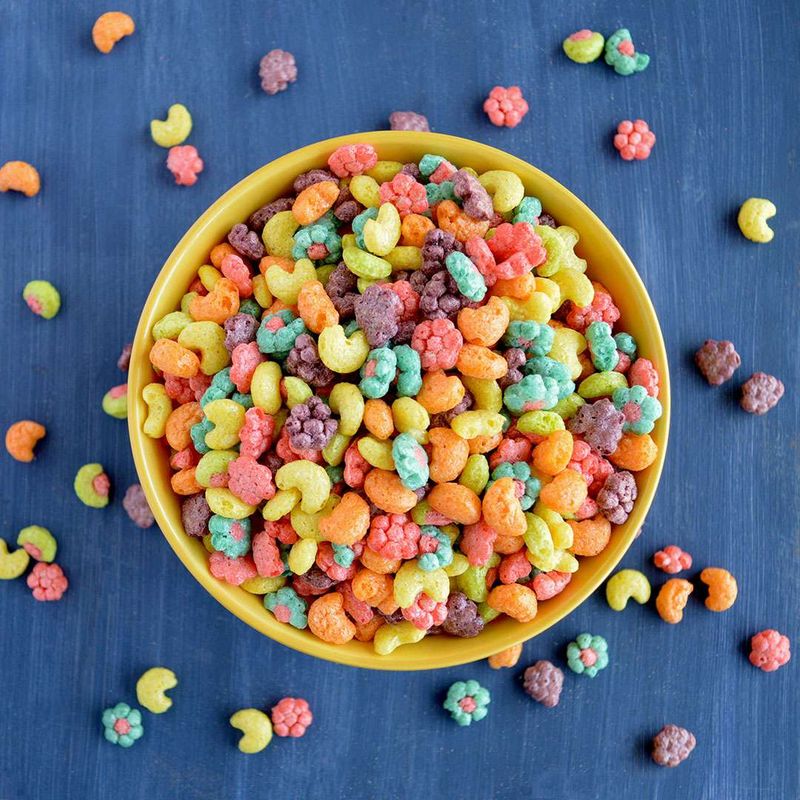
Those colorful fruit-flavored cereals might contain Red No. 3 in their red pieces.
Cereal manufacturers target children with bright colors that remain vibrant even in milk. Parents often overlook ingredient lists on these everyday products, unaware they’re serving banned dyes at breakfast.
14. Snack Cakes and Pastries: Deceptive Fillings

Red velvet and cherry-filled pastries often rely on artificial coloring for appeal.
The vibrant fillings and decorations in these convenient treats frequently contain Red No. 3. Manufacturers count on consumers prioritizing taste and convenience over scrutinizing ingredient lists on these indulgent snacks.
15. Energy Drinks: Performance Deception
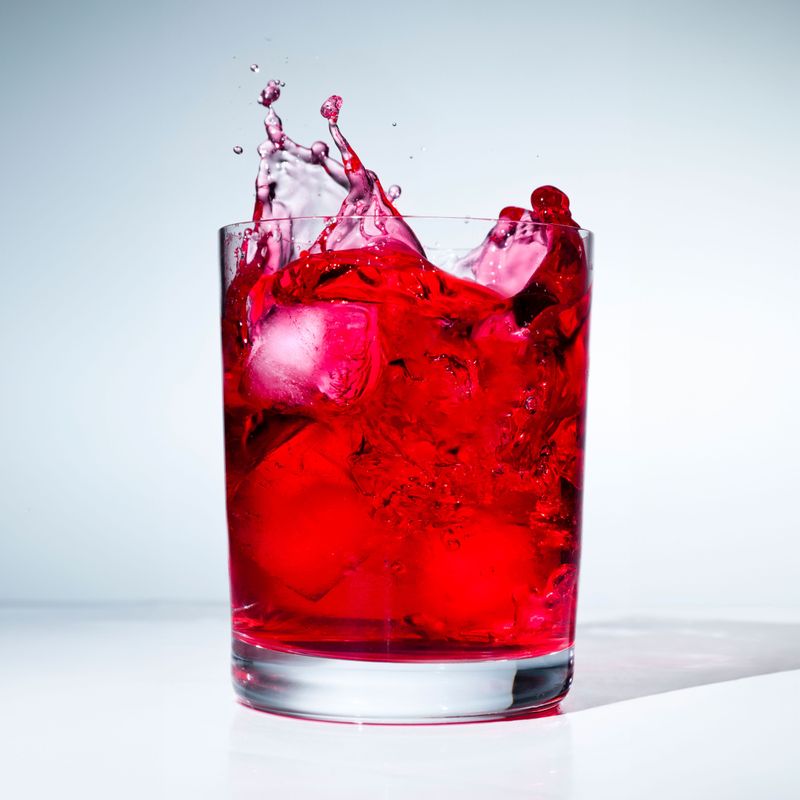
Red-colored energy and sports beverages often contain this questionable ingredient.
The vibrant appearance suggests potency and effectiveness to consumers seeking performance benefits. Despite health-conscious marketing, many brands continue using Red No. 3 for visual appeal rather than reformulating with natural alternatives.

